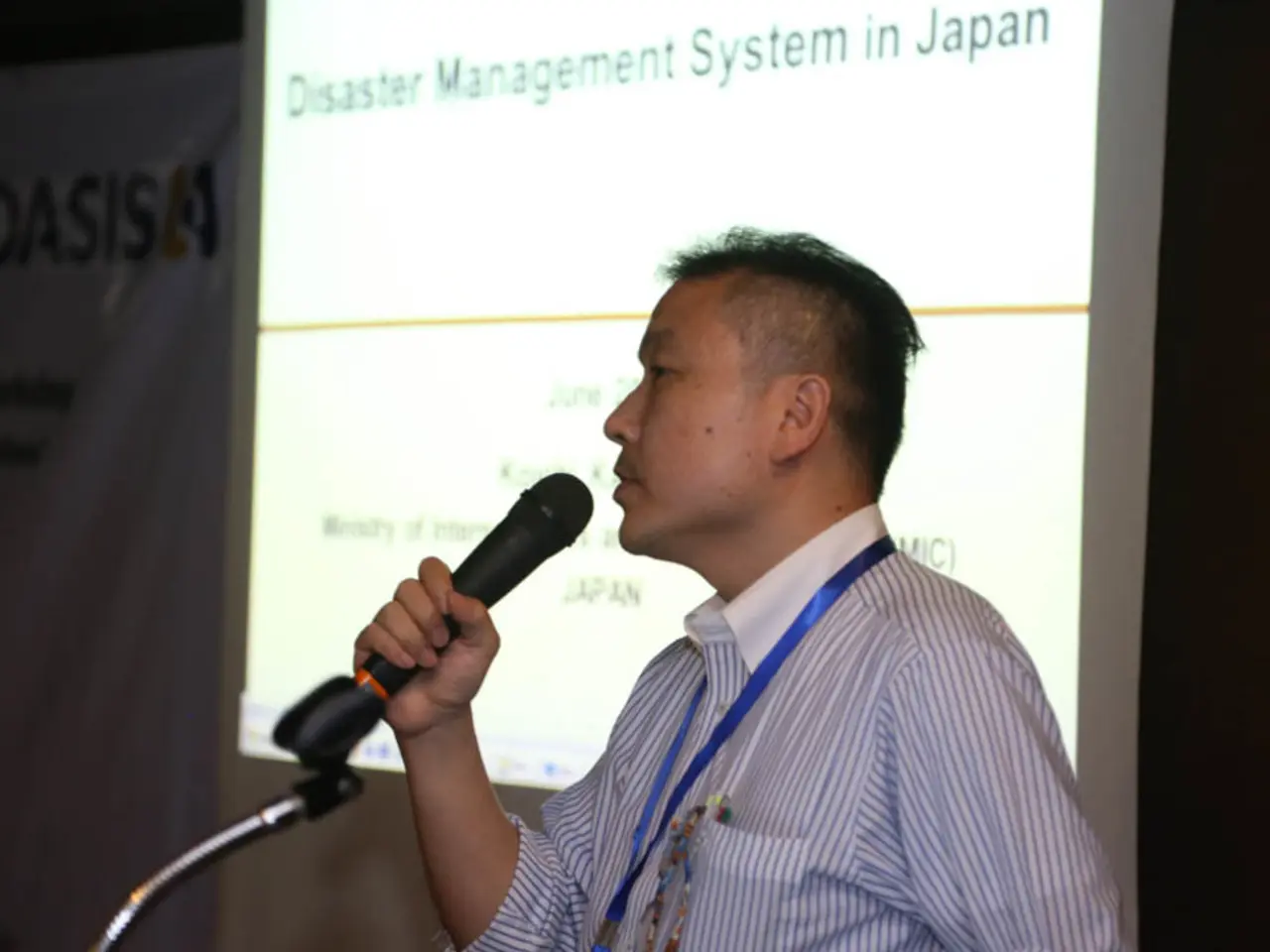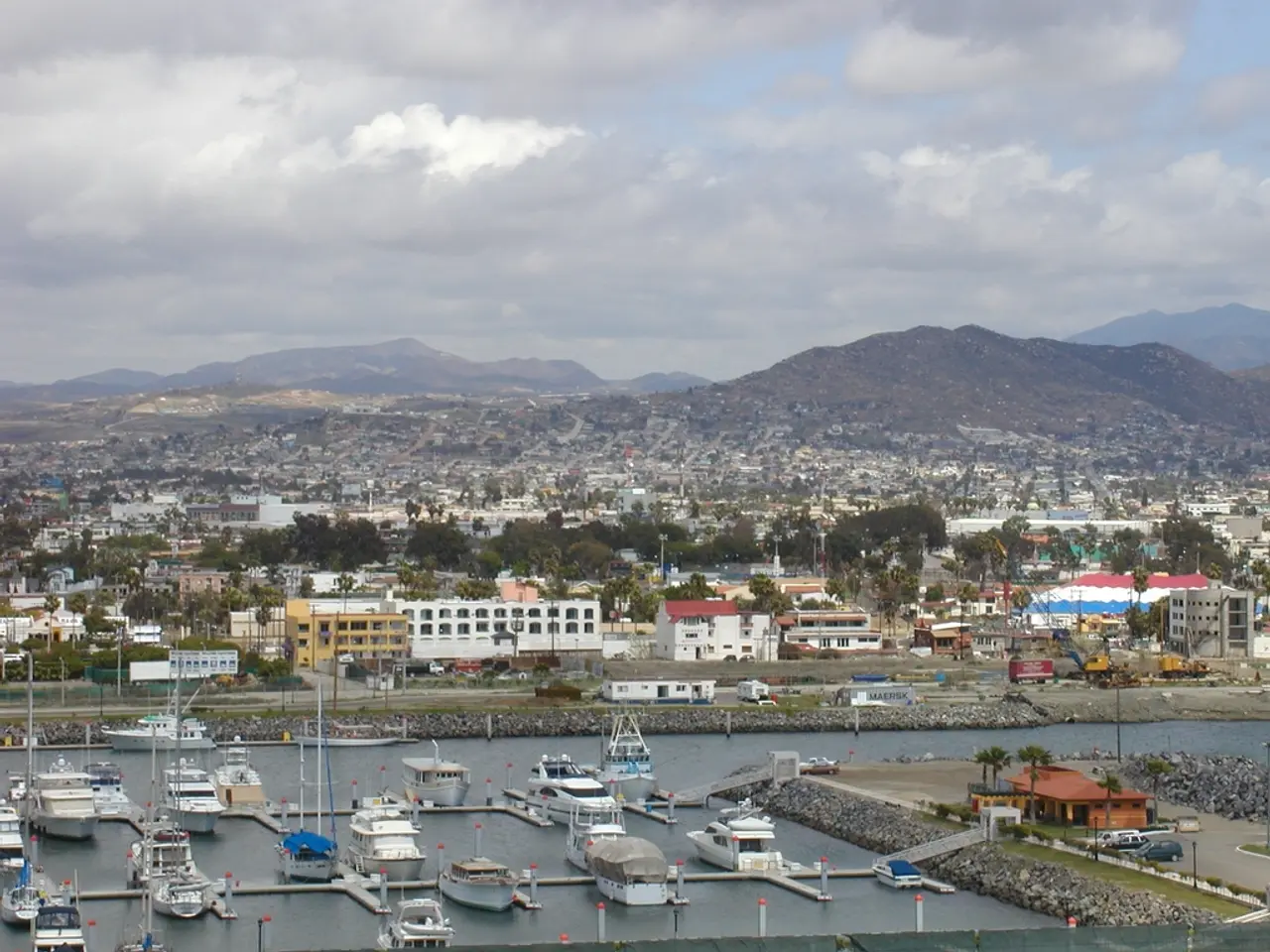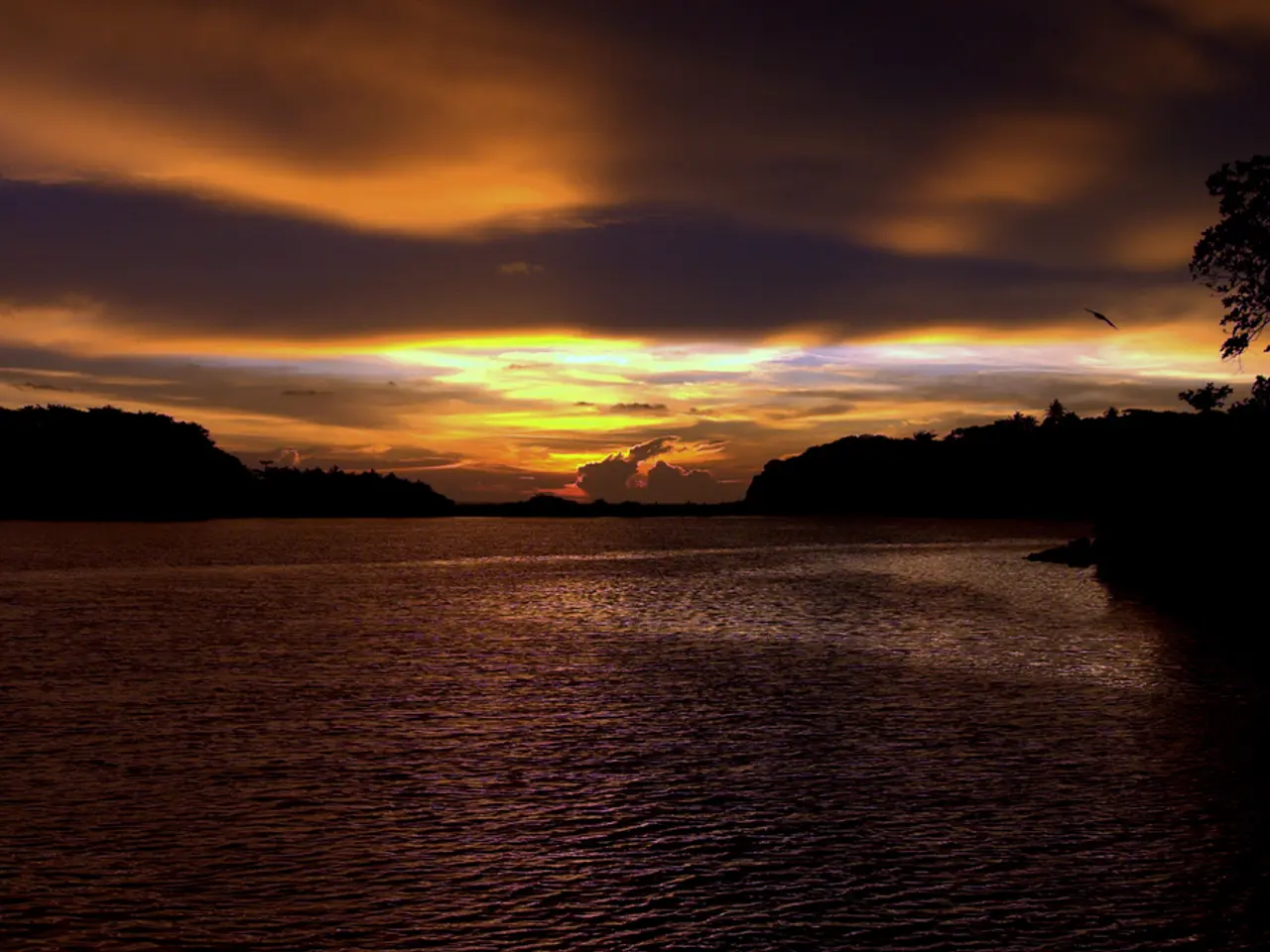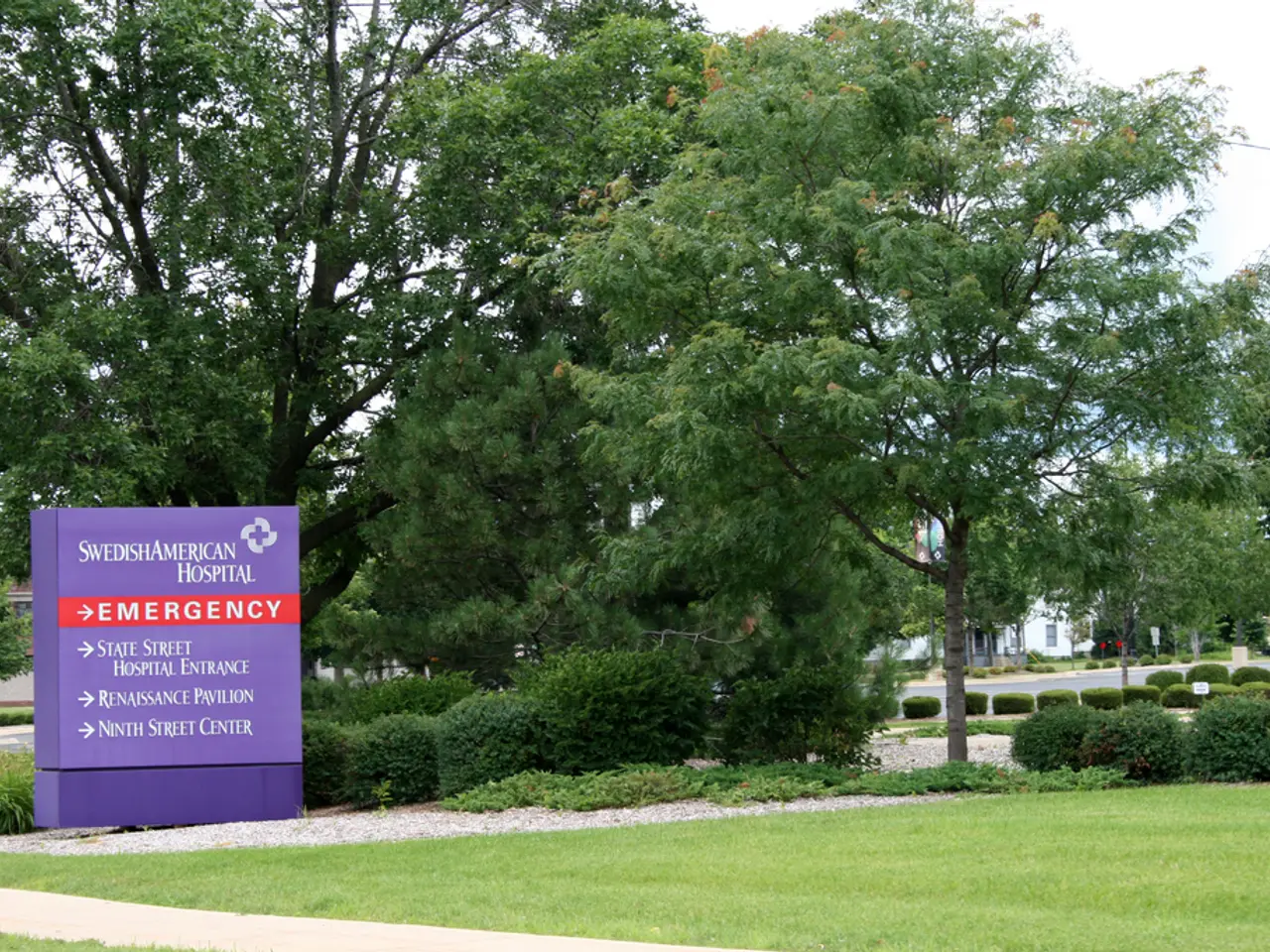Kamchatka employee reveals his account of surviving the earthquake, working for a company based in Chelyabinsk.
July 30, 2025, Kamchatka Earthquake: A Powerful Seismic Event and Tsunami Threat
A significant earthquake, with a magnitude of up to 8.8, struck off the eastern coast of the Kamchatka Peninsula, Russia, on July 30, 2025. Known as the Kamchatka earthquake, it was the most powerful earthquake since the 2011 Tōhoku quake and one of the six strongest recorded worldwide.
The epicenter of the earthquake was located in the Pacific Ocean, approximately 140-160 kilometers east of Petropavlovsk-Kamchatsky. The seismic event caused widespread tremors across the Kamchatka Peninsula and nearby Kuril Islands, resulting in evacuations in coastal towns.
The earthquake triggered a Pacific-wide tsunami, causing moderate damage and multiple injuries in Kamchatka Krai and Sakhalin Oblast. The tsunami waves reached the Kuril Islands, with the first wave hitting Severo-Kurilsk, forcing residents to evacuate to higher ground safely.
Tsunami warnings were issued across the Pacific Rim, including Japan (notably Hokkaido), Hawaii, Alaska, and the US West Coast. Wave heights varied, with 1 to 3 meters (3–10 feet) possible in coastal areas of Hawaii, Chile, Japan, and Solomon Islands, and over 3 meters in parts of Russia and Ecuador. Japan’s Hokkaido coast recorded smaller wave impacts, about 30 cm or 1 foot.
Early warning systems were effective, enabling timely evacuations and reducing casualties, though unusual waves and coastal disturbances were expected to continue for many hours after the main tsunami waves.
In addition to the earthquake and tsunami, the eruption of Klyuchevskaya Sopka, a volcano on Kamchatka, started shortly after the seismic event on the same day.
The earthquake caused structural damage and community disruptions, but early reports suggested limited casualties. Coastal infrastructure was stressed due to the tsunami waves, and transportation systems in the region were briefly suspended.
Ilya, a resident of Petropavlovsk-Kamchatsky who works for a company based in Chelyabinsk, described the earthquake as incredibly scary, especially as it occurred in an apartment. He mentioned that usually, their earthquakes start gradually, but this time it suddenly started shaking strongly, and there are still quite noticeable aftershocks.
The earthquake was felt strongly, particularly on the fifth floor where everything was swaying violently. Cars were shifting uncontrollably and being thrown from side to side during the earthquake. Part of the ceiling also collapsed at the airport, and several people sustained minor injuries.
Despite the scary event, the overall response showcased effective early warning systems that mitigated the human impact.
- I'm not sure if the political implications of this event have been analyzed, but the Kamchatka earthquake could potentially impact general-news discussions about seismic activity and disaster preparedness.
- In the midst of discussing global crime-and-justice issues, the Kamchatka earthquake is a dramatic example of how Mother Nature can disrupt everyday life and raise questions about disaster response and readiness across the Pacific Rim.








